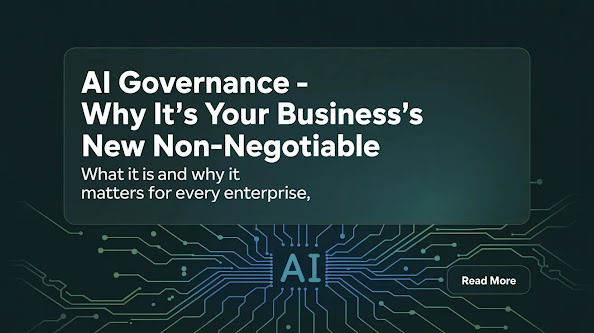In the ever-evolving world of technology, artificial intelligence (AI) is making waves across various industries. One such sector is web design, where AI-powered tools like ChatGPT are transforming the way designers conceptualize and develop websites. ChatGPT, a generative language model developed by OpenAI, is capable of generating text-based content and even answering complex design queries. What makes this tool particularly exciting is its ability to provide designers with insightful prompts, helping them craft innovative websites that are both aesthetically pleasing and functionally sound.
In this article, we’ll dive deep into the various ChatGPT prompts for website design, explore their use cases, and understand how AI tools like ChatGPT can be harnessed to improve and streamline the web design process. By the end of this article, you’ll have a comprehensive understanding of how ChatGPT can serve as a powerful tool in your website design toolkit.
Understanding ChatGPT in Website Design
Before diving into the specific prompts, it's important to understand the context of using ChatGPT in website design. Generative AI models like ChatGPT have been trained on vast amounts of data, making them well-equipped to respond intelligently to text prompts. In web design, these prompts can range from simple tasks such as suggesting color schemes to more complex design elements like structuring the layout of a webpage or creating content for various website sections.
Using ChatGPT, designers can automate some of the more time-consuming aspects of web design, allowing them to focus on creative work that requires a human touch. The benefit of using AI-generated prompts in web design is that it can help streamline workflows, spark new design ideas, and optimize decision-making processes, leading to a more efficient and innovative design approach.
The Benefits of Using ChatGPT for Website Design
1. Saves Time on Repetitive Tasks
One of the major advantages of using ChatGPT in web design is its ability to save time on repetitive tasks. Designers often find themselves bogged down with routine tasks such as creating placeholder content, formatting basic HTML/CSS, or generating SEO-friendly text. ChatGPT can quickly generate content, help with design layout descriptions, or even offer code snippets for front-end development, reducing the time spent on these tasks.
2. Inspires Creativity and Innovation
Creativity is at the core of web design, and sometimes designers hit creative blocks. ChatGPT can help by providing a wide range of design prompts and ideas that spark new thinking. Whether it's offering suggestions for a minimalist design, proposing typography choices, or suggesting ways to improve user engagement, ChatGPT can act as a collaborative partner in the design process.
3. Generates Data-Driven Insights
AI models like ChatGPT don’t just generate creative content—they can also provide data-driven insights. ChatGPT can offer recommendations based on user experience (UX) best practices, website performance optimization, and SEO enhancements. Designers and developers can use this information to improve website functionality and ensure better performance metrics.
4. Enhances Collaboration
Web design is often a collaborative process involving various stakeholders such as designers, developers, content creators, and clients. ChatGPT can act as a mediator by providing clear, well-structured responses to queries, facilitating smooth communication between teams. This improves collaboration and ensures that everyone is on the same page.
5. Provides Personalized Suggestions
By inputting specific information about a project, designers can receive tailored responses from ChatGPT. For example, designers working on a fitness website can ask for suggestions related to health and wellness themes, while eCommerce website designers can get recommendations on product showcasing, payment gateway integration, and more.
ChatGPT Prompts for Website Design
Let’s explore a variety of ChatGPT prompts that can be highly effective in different stages of website design. Each prompt is tailored to specific tasks, from early-stage brainstorming to detailed layout development.
1. Prompts for Initial Design Ideation
The ideation phase is where designers brainstorm ideas and concepts for the website. ChatGPT can assist by generating creative suggestions, helping to visualize what the website will look like, and offering relevant examples.
- Prompt: “Suggest five modern web design trends for a tech startup website.”
- Prompt: “What are the best color schemes for a website targeting millennial users?”
- Prompt: “Can you suggest a minimalist website layout for a portfolio?”
- Prompt: “Give me some design inspiration for an eCommerce website focusing on sustainable fashion.”
These prompts help designers get a sense of the latest trends, color palettes, and design structures that are popular in their target industry, making it easier to conceptualize a design.
How SFWPExperts Integrates AI in WordPress Website Design
When it comes to professional web design, SFWPExperts is a leader in the field. As a renowned WordPress website design company, they leverage cutting-edge technology, including AI tools like ChatGPT, to enhance the design process. By working with SFWPExperts, you’re not only guaranteed a stunning website but also the expertise of professionals who understand how to balance AI-driven tools with human creativity to deliver exceptional results.
Read More: ChatGPT Prompts for Website Design: What You Need to Know
Read More Articles:







